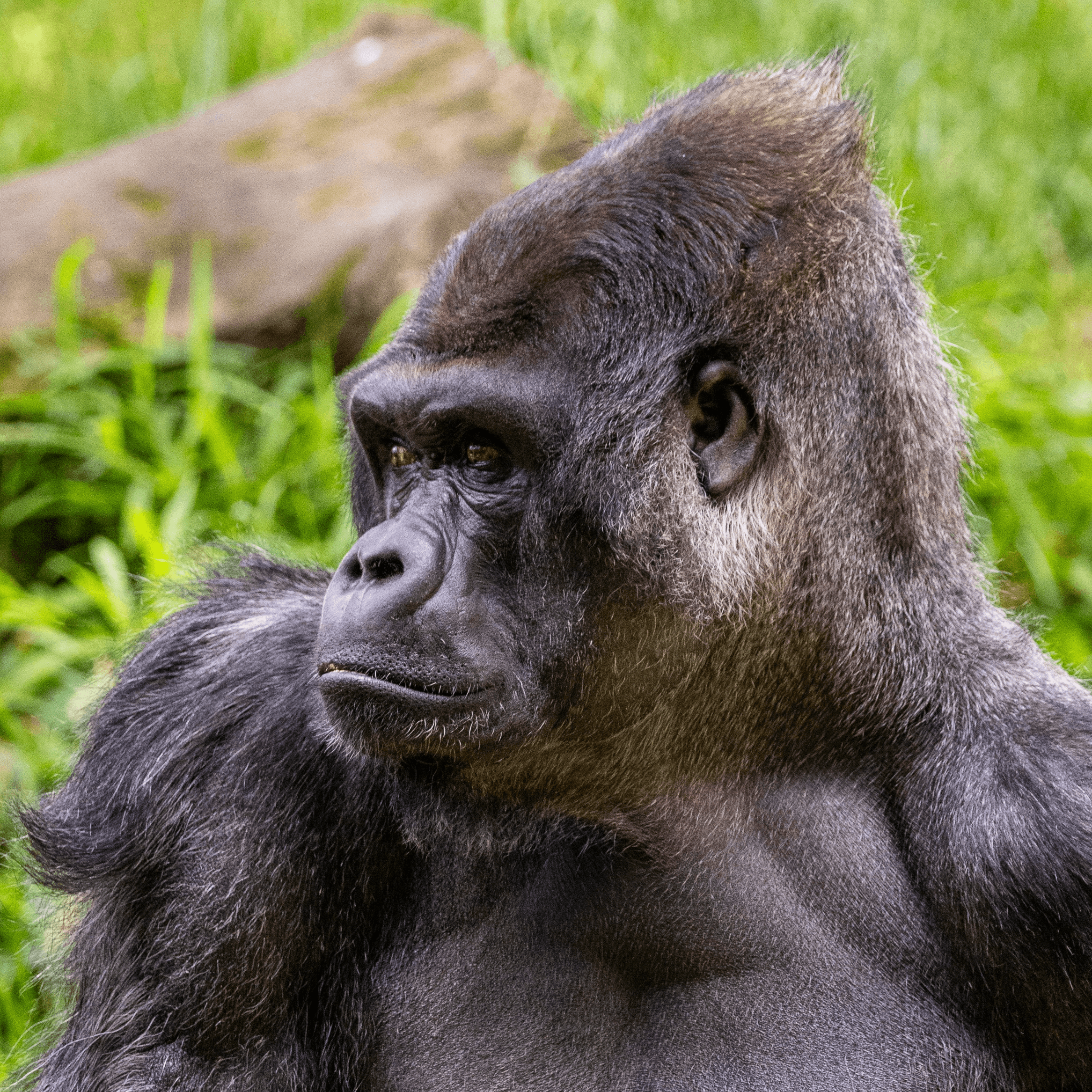Sep 24, 2024
Science News
Recent research uncovers how translational control and the emergence of new genes have shaped the evolution of human and non-human primate hearts.
Understanding how hearts have evolved in primates is crucial for unraveling the complexities of cardiac function and disease. While the genetic makeup of humans and non-human primates is highly similar, there are notable differences in heart anatomy, physiology, and susceptibility to diseases. This study aims to explore how changes in gene translation—the process by which RNA is converted into proteins—have contributed to these differences.
The Study: Mapping Transcription and Translation in Primate Hearts
Researchers conducted an in-depth analysis of gene expression and translation in the hearts of humans, chimpanzees, rhesus macaques, and rodents. They used advanced techniques to profile:
Adult Left Ventricles (LVs): The main pumping chambers of the heart.
Induced Pluripotent Stem Cell-Derived Cardiomyocytes (iPSC-CMs): Lab-grown heart cells that model early heart development.
Methodology
Ribosome Profiling (Ribo-seq): Captures which mRNAs are being actively translated into proteins.
RNA Sequencing (RNA-seq): Measures the abundance of RNA transcripts in the cells.
Comparative Analysis: Assessed both transcriptional and translational landscapes across species.
Evolution of Translational Efficiency
Mitochondrial Genes Show Rapid Change: The study found that genes involved in mitochondrial oxidative phosphorylation complexes IV and V have rapidly evolving translational efficiencies. This suggests that the way these genes are translated into proteins has changed significantly during mammalian evolution.
Species-Specific Translational Control: Certain genes exhibited species-specific differences in how efficiently they are translated, potentially contributing to unique cardiac traits in each species.
Emergence of New Genes and Small Open Reading Frames (sORFs)
Discovery of Hundreds of Novel Genetic Elements: Researchers identified 551 new genes and 504 new sORFs that emerged during primate evolution in the heart.
Human-Specific Cardiac Genes: They found 76 evolutionarily conserved genes that have acquired heart-specific expression in humans. One example is CMAHP, a pseudogene that may have gained new functions in the human heart.
Functionality in Disease: Some of these newly identified genes and sORFs are dysregulated in heart diseases like dilated cardiomyopathy, suggesting they may play roles in disease development or progression.
Implications: New Avenues for Cardiac Research and Therapy
Understanding Cardiac Evolution: The study provides insights into how changes at the translational level contribute to the evolution of heart function in primates.
Potential Therapeutic Targets: Newly discovered genes and sORFs could be explored as targets for treating heart diseases.
Personalized Medicine: Knowledge of species-specific genetic elements may inform personalized approaches to cardiac care.
Conclusion: Shedding Light on Cardiac Complexity Through Evolution
This research highlights the importance of translational control and the emergence of new genetic elements in shaping the hearts of humans and non-human primates. By unraveling these evolutionary processes, scientists can better understand the mechanisms underlying cardiac development and disease, paving the way for innovative treatments and therapies.
Reference
Ruiz-Orera, J., Miller, D. C., Greiner, J., et al. (2024). Evolution of translational control and the emergence of genes and open reading frames in human and non-human primate hearts. Nature Cardiovascular Research. https://doi.org/10.1038/s44161-024-00544-7
